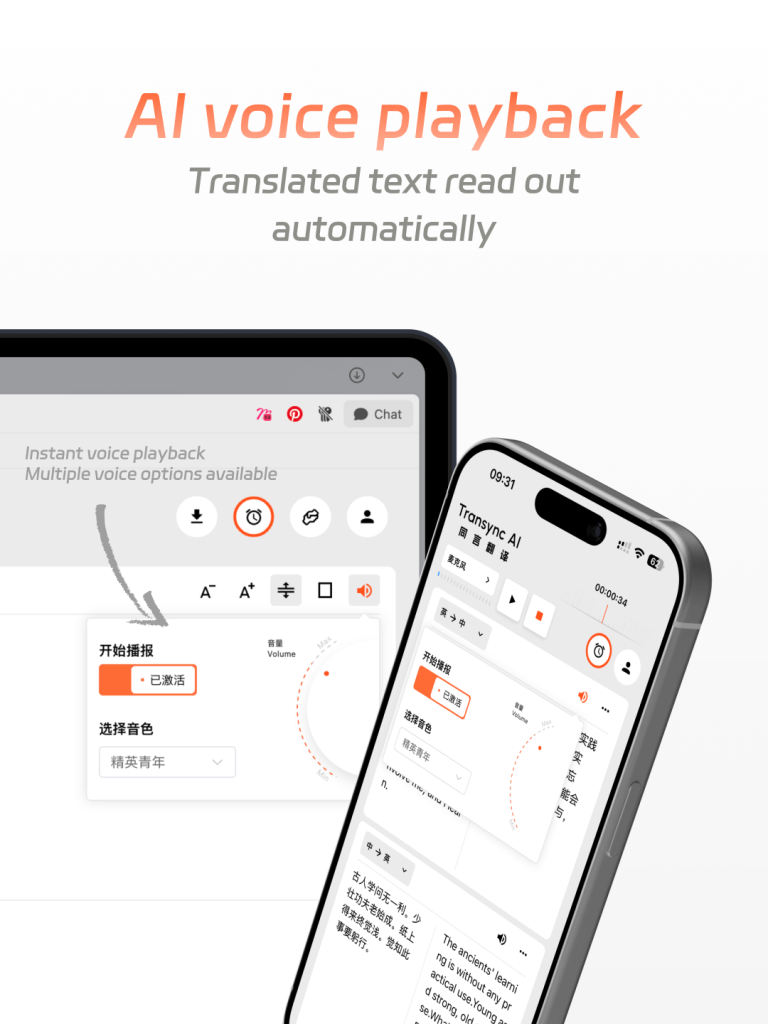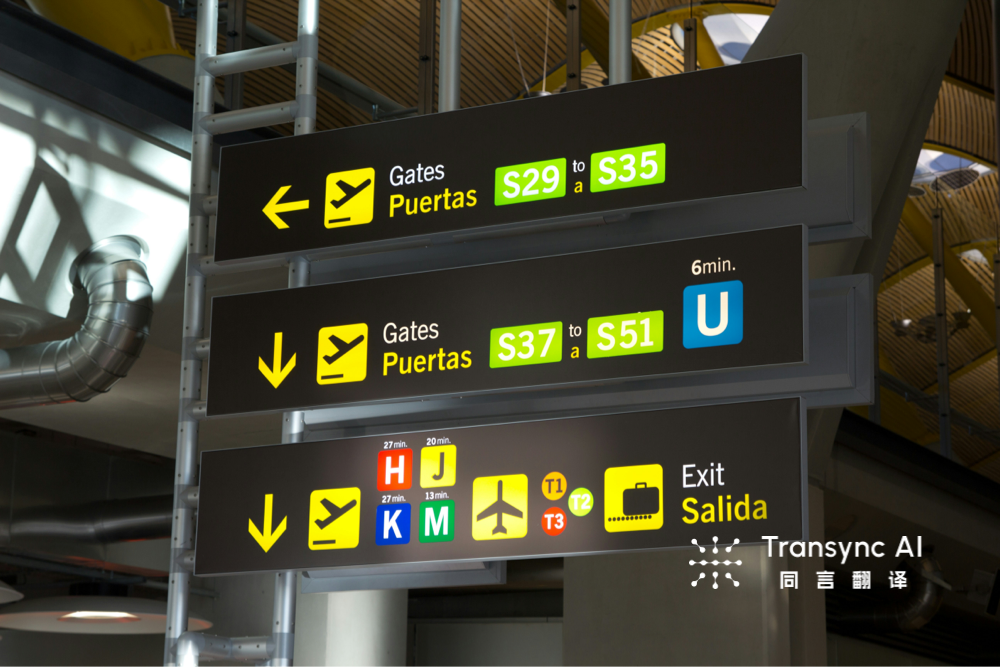
In a world where global communication is essential, the demand for Spanish to Chinese translation is rapidly growing. With more than 500 million Spanish speakers across Latin America, Spain, and the U.S., and over 1.3 billion Chinese speakers worldwide, the ability to translate between these two influential languages is crucial for business, travel, education, and cultural exchange.
But which tools provide the best Spanish to Chinese translation in 2025? Let’s review the top 10 solutions and see why Transync AI is leading the way.
Why Spanish to Chinese Translation Is Challenging
Spanish and Chinese differ significantly in structure and expression:
- Grammar: Spanish uses gendered nouns and verb conjugations, while Chinese is non-conjugated and context-driven.
- Word order: Spanish follows Subject-Verb-Object, but Chinese often rearranges based on context.
- Idioms: Spanish idioms like “estar en las nubes” (“to be daydreaming”) have no direct Chinese equivalent.
- Tones: Chinese is tonal, meaning intonation changes word meaning—something Spanish doesn’t have.
👉 That’s why the best Spanish to Chinese translation tools must go beyond literal translation and capture context and culture.
Top 10 Spanish to Chinese Translation Tools
1. Transync AI (Highly Recommended)
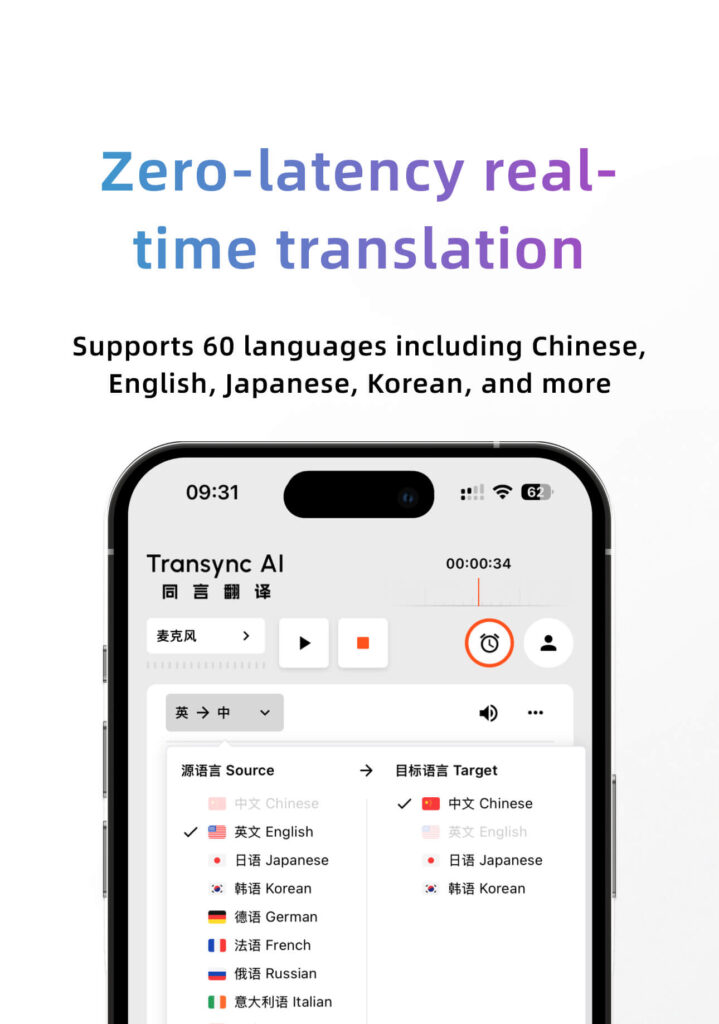
The most advanced real-time AI translator, designed for live conversations, meetings, and cultural exchange.
Highlights:
- Real-time Spanish ↔ Chinese speech translation with minimal delay.
- Handles idioms, tone, and context naturally.
- Accent recognition, useful for Latin American Spanish.
- AI-powered meeting summaries in bilingual format.
- Dual-screen mode for learners.
- Voice broadcast mode for group settings.
🎥 Watch how to use Transync AI
2. Google Translate
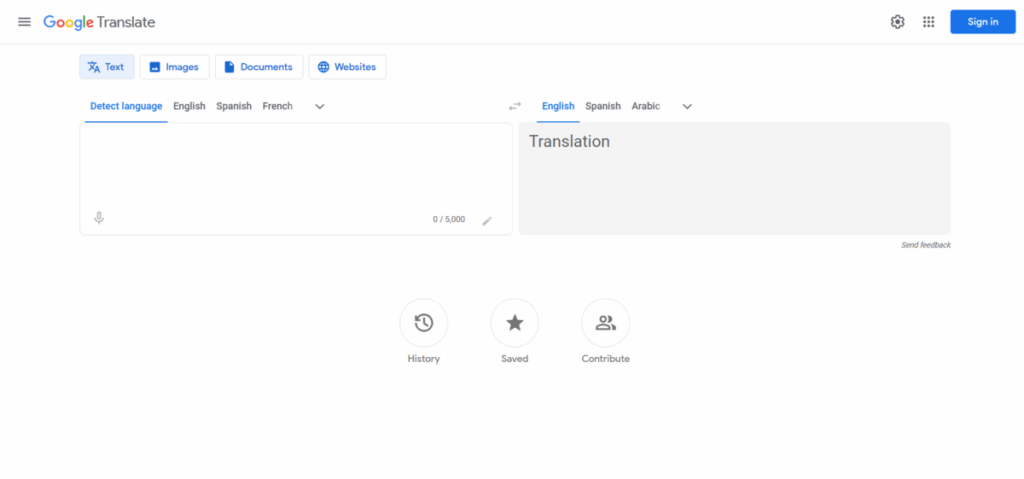
Free and widely available, supporting Spanish ↔ Chinese text, speech, and image translation. Great for travelers, but ❌ struggles with idiomatic expressions and professional accuracy.
3. DeepL Translator

Known for its high-quality written translations, especially in European languages. Supports Spanish ↔ Chinese, but ❌ lacks strong real-time voice features.
4. Microsoft Translator

Supports group conversations with real-time translation. Useful for small meetings, but ❌ less accurate in cultural context and idioms.
5. Papago (by Naver)
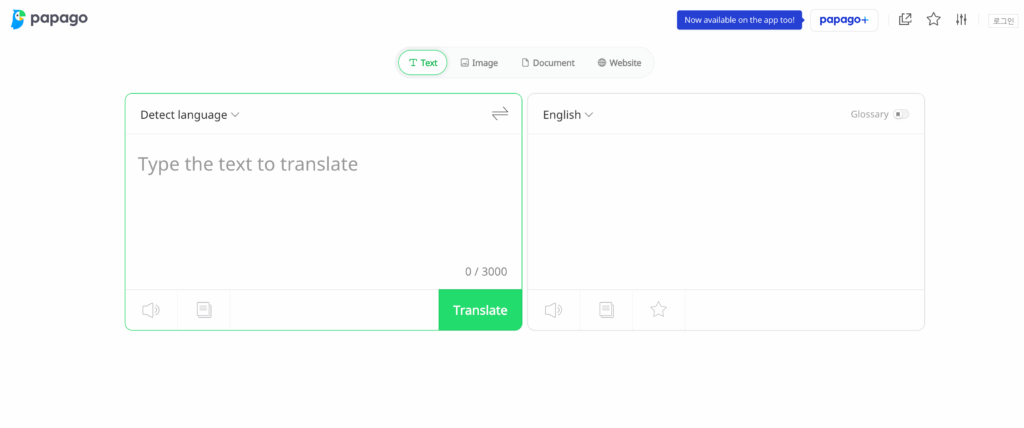
Strong in Asian languages like Korean, Japanese, and Chinese. Handles Spanish decently, but ❌ weaker for advanced professional needs.
6. iTranslate
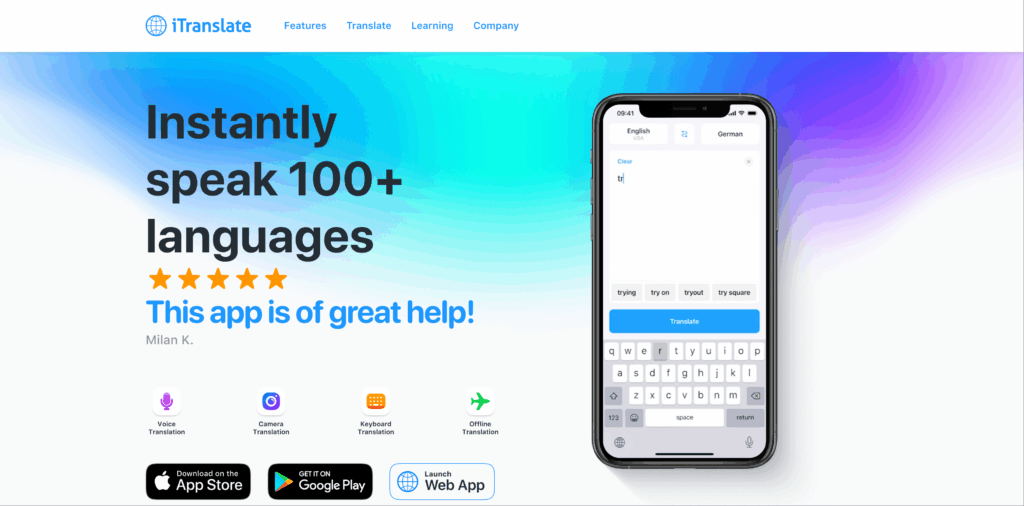
Popular on mobile, offering text and voice translations. Works for casual Spanish ↔ Chinese conversations, but ❌ less effective in complex business use.
7. Reverso
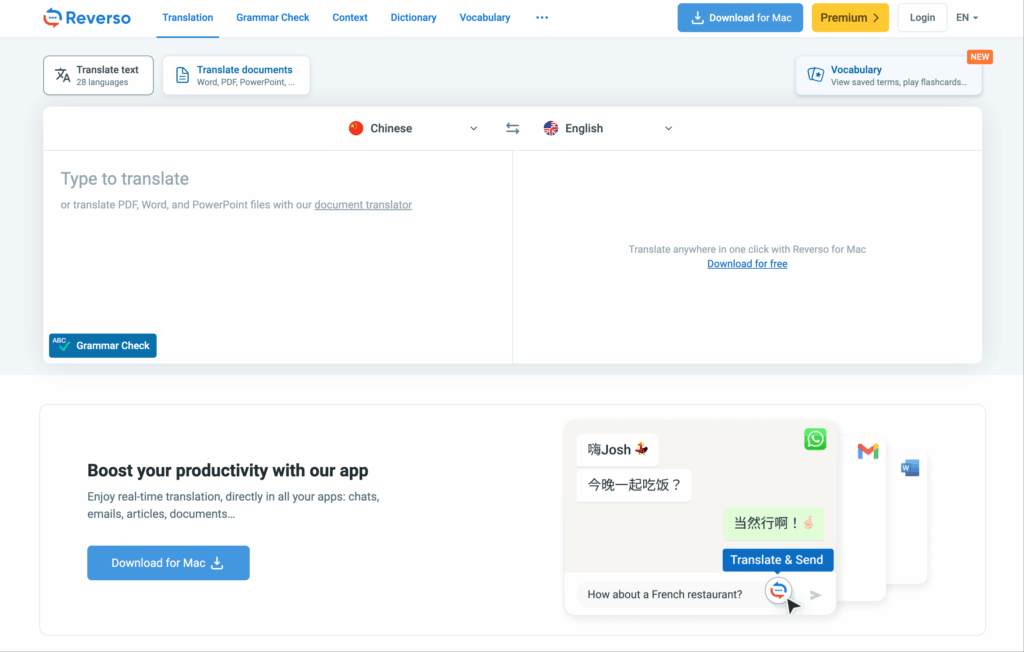
Excellent for idiomatic expressions and examples, often used by learners. But ❌ not ideal for real-time Spanish ↔ Chinese communication.
8. SayHi

Simple, speech-based translator app. Good for travelers, but ❌ lacks professional-grade accuracy.
9. Jotme.io

An emerging AI translation tool with voice chat features. Supports Spanish ↔ Chinese, but ❌ not as advanced as Transync AI in handling cultural nuances.
10. VoiceTra (Japan NICT)
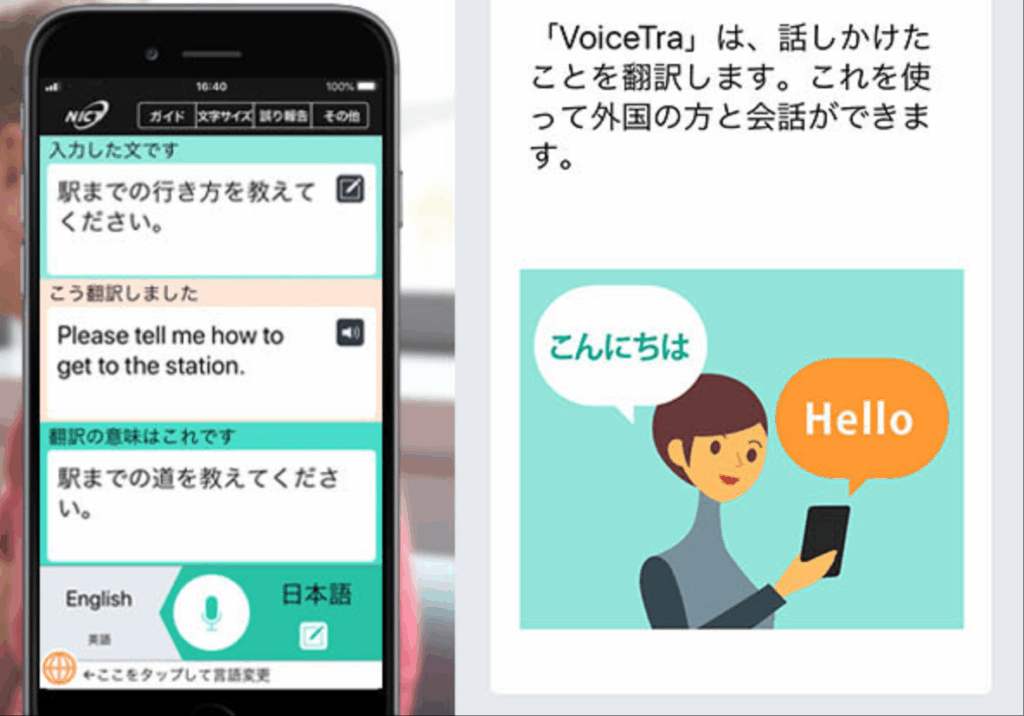
Specialized for real-time speech translation in Asian languages, including Chinese. Spanish support exists but is ❌ more limited compared to English ↔ Asian language pairs.
Comparison Table: Spanish to Chinese Translation Tools
| Feature | Transync AI | Google Translate | DeepL | Microsoft Translator | Papago | iTranslate | Reverso | SayHi | Jotme.io | VoiceTra |
|---|---|---|---|---|---|---|---|---|---|---|
| Real-Time Speech | ✅ Ultra-fast | ⚠️ Works, but laggy | ❌ No | ✅ Yes | ⚠️ Limited | ✅ Yes | ❌ No | ✅ Basic | ✅ Yes | |
| Cultural Accuracy | ✅ Excellent | ❌ Literal issues | ✅ Good for text | ⚠️ Basic | ⚠️ Casual | ⚠️ Limited | ✅ Idioms | ⚠️ Limited | ⚠️ Limited | |
| Accent Recognition | ✅ Strong (Latin American Spanish) | ❌ Limited | ❌ No | ❌ No | ❌ No | ❌ No | ❌ No | ❌ No | ❌ No | |
| AI Summaries | ✅ Yes | ❌ No | ❌ No | ❌ No | ❌ No | ❌ No | ❌ No | ❌ No | ❌ No | |
| Dual-Screen Mode | ✅ Yes | ❌ No | ❌ No | ❌ No | ❌ No | ❌ No | ❌ No | ❌ No | ❌ No | |
| Voice Broadcast | ✅ Yes | ❌ No | ❌ No | ❌ No | ❌ No | ❌ No | ❌ No | ❌ No | ❌ No | |
| Offline Mode | ❌ No | ✅ Yes | ✅ Yes | ✅ Yes | ✅ Yes | ✅ Yes | ✅ Yes | ✅ Yes | ✅ Yes | |
| Best For | Business, conferences | Travelers | Documents | Small meetings | Asian languages | Travelers | Learners | Casual chats | Experiments | Asian speech |
Real-World Applications
- Business: Companies in Spain and China can negotiate contracts without misunderstandings.
- Academia: Researchers collaborate across Spanish- and Chinese-speaking regions.
- Travel: Tourists in Beijing or Madrid navigate easily.
- Cultural Exchange: Understanding idioms, films, and literature with natural translation.
FAQ: Spanish to Chinese Translation
Q1: What is the best Spanish to Chinese translation tool in 2025?
A: Transync AI is the best Spanish to Chinese translation tool for real-time, accurate, and context-aware communication.
Q2: Is Google Translate enough for Spanish ↔ Chinese?
A: It works for casual use, but ❌ struggles with idioms and professional needs.
Q3: Which tool is best for Spanish ↔ Chinese documents?
A: DeepL is excellent for written text, but ❌ lacks real-time speech support.
Q4: Does Transync AI work offline?
A: ❌ No, it requires internet access to ensure accurate AI-powered translation.
Final Thoughts
The demand for Spanish to Chinese translation will only grow in the coming years. While free tools like Google Translate and SayHi are fine for casual travelers, and DeepL is great for documents, professionals and global teams need more.
👉 Transync AI is the best Spanish to Chinese translation solution in 2025, thanks to its:
- Real-time speech translation
- Cultural and contextual awareness
- Accent recognition
- Meeting summaries and dual-screen display
External Links Recap
- Transync AI
- Watch how to use Transync AI
- Google Translate
- DeepL
- Microsoft Translator
- Papago
- iTranslate
- Reverso
- VoiceTra
If you want a next-generation experience, Transync AI leads the way with real-time, AI-powered translation that keeps conversations flowing naturally. You can try it free now.
